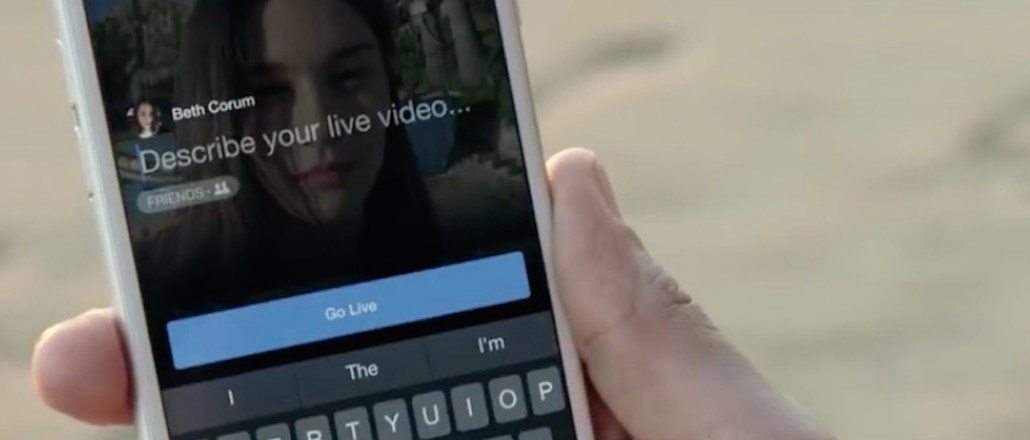
Brands went all in on Periscope when it launched last March. The live streaming app attracted a range of companies almost immediately, and within six months it had been downloaded 10 million times. But brands have been somewhat slower to adopt Facebook Live, taking more of a wait-and-see approach. Many report being thrilled by the potential scale of Facebook — but want to see better quality than what they saw with Twitter-owned Periscope.
Still, what Facebook wants, Facebook gets. And Facebook wants people making live video. Top executives at several elite brands are on hand at the Digiday Brand Summit in Key Biscayne this week. We asked them what they thought about live streaming in general, and Facebook Live in particular. Their responses, edited for clarity:
Claudia Allwood, senior director, U.S. digital marketing, Benefit
Live streaming is definitely the next big thing. With any of our channels we listen to what she — our customer — is looking for. We’re trying to find the right way to do it, because Facebook Live consumers demand polish; it needs a little more quality and rigor. It’s not like Periscope. People watch Periscope on phone but Facebook Live on desktop at work. So my thing is: If Facebook doesn’t move quickly on providing a better quality stream they’ll lose.
Rachel Silver, brand consultant, Birchbox
It works so well. We have almost two million fans on Facebook. I’m OK with the low quality; it almost forces you to be real. I’m over the polished video thing. The problem now is reach: When [other brands] weren’t using it a lot when it first launched the reach we were getting was crazy. Now that everyone has it it’s not getting that reach. These videos still perform better than any other type of video
Wade Allen, vp, digital innovation, Chili’s
I don’t think it is game-changing for our brand. Maybe it’ll add value and help us get to a new audience. All of these things are tactics v. strategy. These are random acts of marketing tactics. Sure, enough of them can move the brand. But strategically we have to meet the customer where they are. The means in which we deploy the message isn’t really going to change anything.
Ivonne Kinser, head of digital strategy, Avocados from Mexico
Users want to see the “real thing” behind the brands, and have shown a growing lack of engagement for content that may feel staged, over edited, or over curated. Every successful innovation that we are seeing today is pointing in the direction of a more organic, authentic interaction with the consumers. We are taking a mobile first approach, and our content and consumer engagement strategy is driven by video, including of course Facebook live as an important component of our plan.
Erin Dwyer, svp, global commerce and social, Haven Beauty
Monetization should be the last thing on brands’ minds. Live streaming is like social five years ago. If the content is about the consumers’ best interests — and provides a benefit, unique access or entertainment — people will watch and brands can benefit. Data is crucial for success so brands should listen to when their audiences are engaging on Facebook and when they are able to tune in to schedule for optimal results.
Ad position: web_incontent_pos1
More in Marketing

In the marketing world, anime is following in the footsteps of gaming
As marketers look to take advantage of anime’s entry into the zeitgeist, they might be wise to observe the parallels between the evolution of anime as a marketing channel and the ways brands have learned to better leverage gaming in recent years.

With the introduction of video ads and e-commerce, Roblox looks to attain platform status
Roblox is expanding into more areas than just ads in 2024. Much like platforms such as Amazon and Facebook have transcended their origins to evolve from their origins as online marketplaces and social media channels, Roblox is in the midst of a transformation into a platform for all elements of users’ virtual lives.

PepsiCo wants to remain a ‘driver of culture’ as it turns to influencers and activations amid rebrand
The soda-maker says it can translate cultural relevance into sales volume.
Ad position: web_bfu